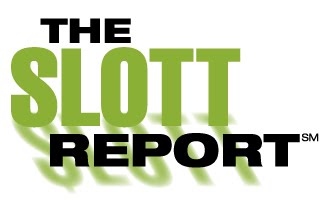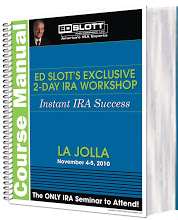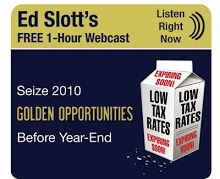Inertia seems to be the new way of thinking about workplace retirement plans. Employers and investment firms recognize that most people just don’t spend a lot of time or effort on their 401(k) accounts, even after three wild years in the financial markets. Many studies paint a similar picture: most 401(k) participants just don’t tinker much with their accounts.
It can be tough to get people, especially young adults and those earning modest pay, to sign up for 401(k) plans, contribute money and manage their investments. However, once they do sign up they tend to put their accounts on autopilot. They generally don’t change their investment elections or increase their contributions, even when their compensation rises. From an investment perspective, this could be a good or bad thing. Only time will tell.
Recognizing that individuals in general do have inertia when it comes to participating and managing their investments, companies that put together 401(k) plans are stressing features that require minimal effort. These may include “automatic” provisions related to enrollment, contribution increases, and suitable default investments if participants don’t make their own selections. Of course, participants always have the option to “opt-out” of these automatic provisions, but studies have shown that most do not, which is not surprising because it would take effort on their part to do so.
Employers and investment firms are learning to give 401(k) participants what they need, and not much more. It seems that the most effective plans are simple, understandable and capable of running on inertia.
By IRA Technical Consultant Marvin Rotenberg and Jared Trexler
------------------------------------------------------------------------------
Comment, Question, Discussion Topic on your mind? Click on the Blue Comment Link below and leave your thoughts then check back to see what other consumers and advisors think.
*Copyright 2010 Ed Slott and Company, LLC
Monday, July 19, 2010
Subscribe to:
Post Comments (Atom)
















0 comments:
Post a Comment